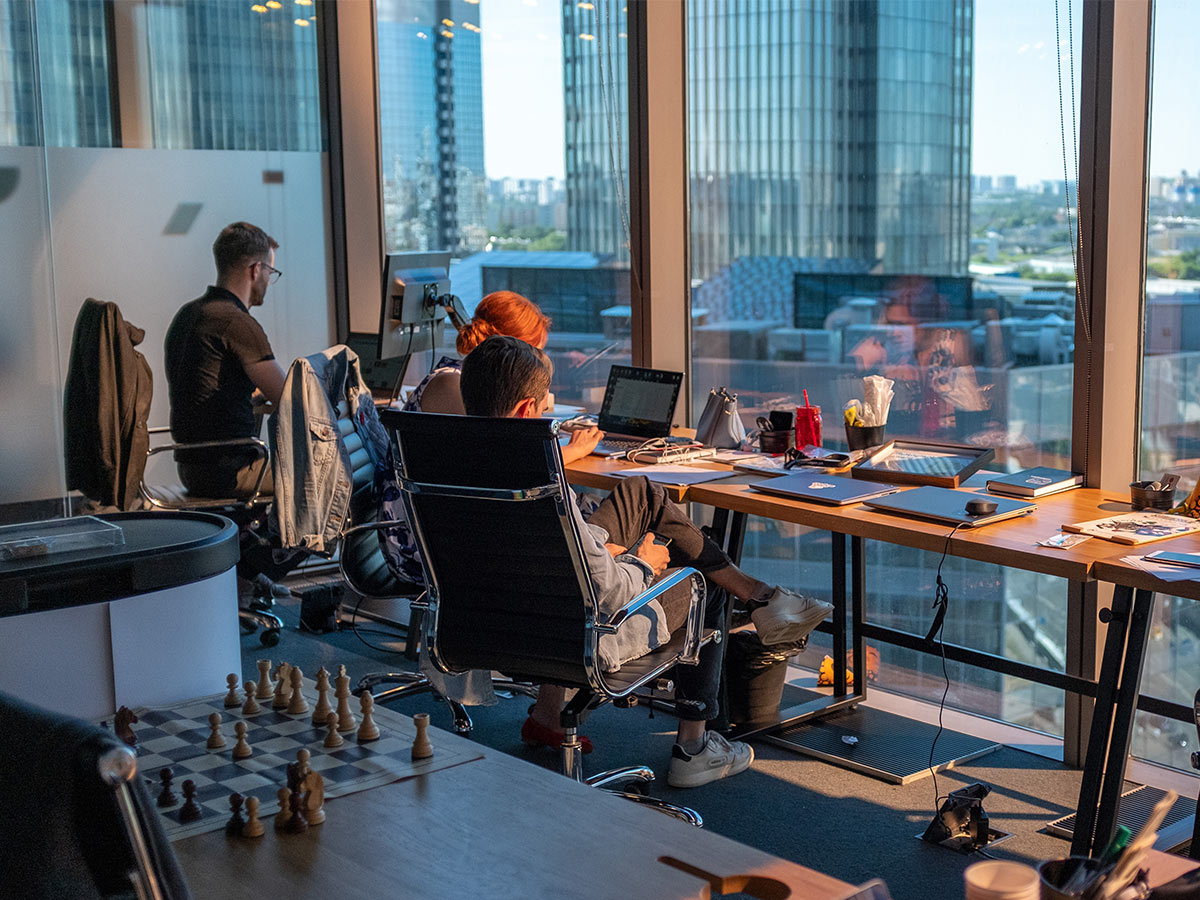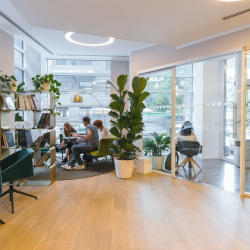Workplace wellbeing will be a key focus of World Mental Health Day 2022 this October. According to a Deloitte study earlier in the year, 61% of employees who planned to leave their roles cited poor mental health as a major factor. Meanwhile, the research also revealed mental health issues cost UK corporations a total of £56bn in 2020-21, compared to £45bn the previous year.
Something has to change. Drawing on a wealth of insights gathered during almost a decade of providing wellbeing consultancy to organisations and their employees, we set out to answer a burning business question. How can we ensure everyone thinks better, feels better and does their best, collectively driving peak performance for their firm?
The answer lies in having a genuine and empathetic understanding of how the people in your business are feeling. Then it’s a case of using this insight to create and maintain a working culture and environment that makes employees feel safe.
This is the foundation for everything else; for high-growth, fulfilling potential, and for hitting targets. Neuroleadership guru David Rock’s SCARF model sums up the factors that feed into people’s feelings:
- Status: Our relative importance to others
- Certainty: Our ability to predict the future
- Autonomy: Our sense of control over events
- Relatedness: Our sense of safety with others
- Fairness: Our perception of fair exchanges between people
It goes without saying that the pandemic affected all of these factors. So, how can we start to replace and safeguard them so team members can continue to feel safe, and perform well during times of uncertainty and rapid change?
Promoting safe working environments
It’s vital to view work through the eyes of individuals and their own needs. You will have a far better understanding of what your team members need if you’ve reached out to them. In addition, people like to feel they’ve been given the opportunity to share their thoughts and concerns so that they feel part of the solution. Doing this will automatically improve each element.
So, here are four ways we’ve devised to develop and promote safe environments and cultures for every employee:
- EXPERIMENT AND EVOLVE — Whether you’re exploring hybrid working or going fully remote, you almost certainly won’t get everything right. That’s why it’s important to view this period as a time for experiments, not final decisions. To make the experiment work you must understand what your workforce needs, and how you will judge success. Facing this new chapter with an experimental mindset takes the pressure off everyone. If people know everything is up for iteration, they should feel more involved and make a greater contribution.
- EXPECTED BEHAVIOUR AND BOUNDARIES — For these experiments to succeed, and so that you can ensure your new way of working is a triumph, you’ll need to set in place company wide behaviours and boundaries. These must be described and agreed up front, so that everyone is clear on the context and limits your new ideas are being set and tested against. Ultimately, this process will save everyone a lot of emotional energy. On the one hand, it stops people feeling an employer is taking advantage. On the other, they won’t be left wondering what is and isn’t okay. That leaves more resource for innovation and growth.
- REMEMBER, IT’S GOOD TO TALK — After the pandemic, don’t expect your people will be consistently overflowing with positivity. Make sure there are systems in place so they have someone they can talk through their feelings with, and seek help if they need it. In many instances, providing a fully-trained, external, confidential and non- judgemental resource isn’t just a ‘nice to have’: it’s entirely the right thing to do. Catching issues early means preventative support can be much simpler and quicker to action, rather than much greater and protracted need once someone hits crisis point.
- PROTECT THE TIME OF YOUR PEOPLE — In the new era of hybrid and remote working, many of our clients have noted how junior members of staff in particular are suffering a lack of ‘office osmosis’: those serendipitous moments when you ask questions and quickly get answers from the person next to you. This also means shortcuts are lost and time is often wasted reaching a solution, in comparison to being in close proximity to fellow employees. Tech is helping. For example, we’ve launched an app that incorporates behavioural upskilling through innovative technology while also enabling individuals to simultaneously connect and access support.
Because your people are open to change, they want to be doing great work. And if the pandemic has shown us anything, it’s that there were great faults in how we were previously working. In hindsight, many of the cultures and environments we cultivated didn’t equate for a safe and happy place for people to work.
It’s crucial to not go back to ‘how things were’, but to learn instead the lessons of the crisis and carry them forward into a brighter, more fulfilling future for every person in your team.


































